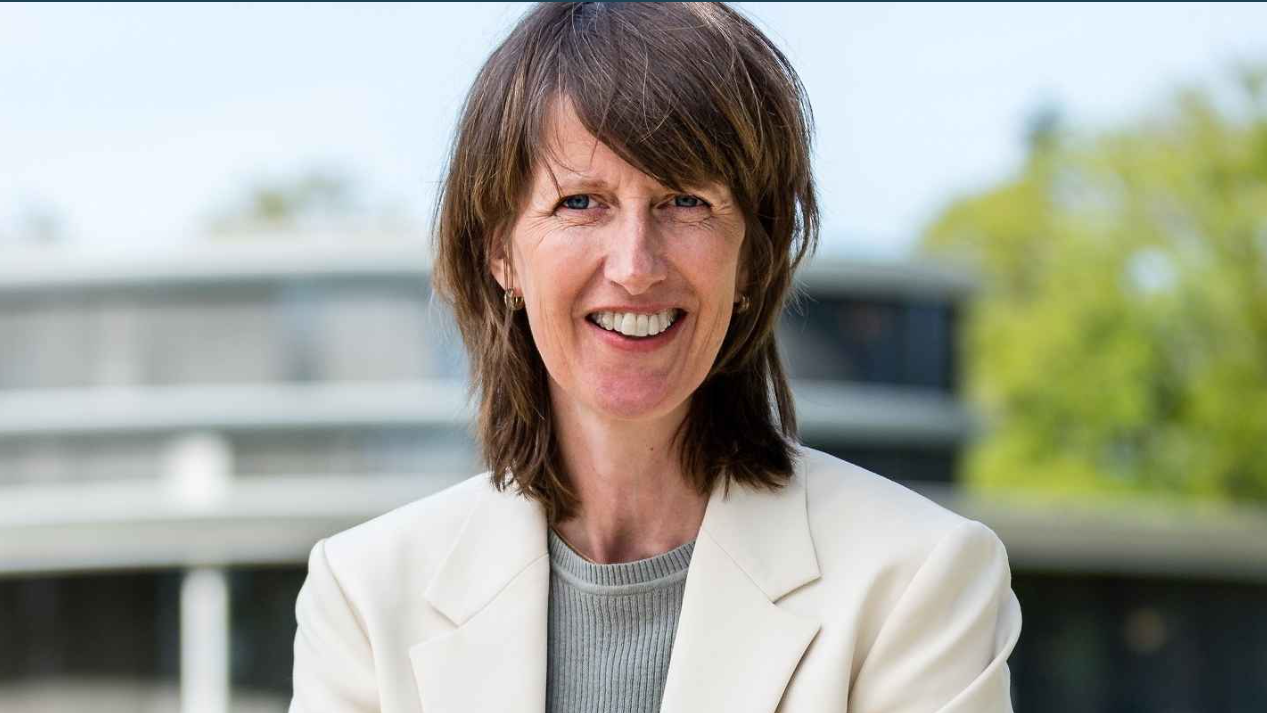
Dirty funds: show your true colours
Dirty investment funds do not have to give any warning about the damage that they are inflicting. Funds that claim to be sustainable, on the other hand, do need to show explicitly what that claim is based on. It is high time to repair this flaw, argue Hadewych Kuiper and Hans Stegeman.
How dirty is your investment? If you asked the average investor this question, he or she would probably not have the faintest idea why you were asking that, let alone how to answer it. Because dirty investment funds do not have to give any warning about the damage that they are inflicting on natural capital or, for instance, on biodiversity. Funds that claim to be sustainable, on the other hand, do need to show explicitly what that claim is based on.
Two weeks ago, the investment sector was shaken up quite badly. Investico, the platform for investigative journalism, published ‘The Great Green Investment Investigation’, a large-scale study that brought to light that around half of Europe's dark green funds, i.e. the Article 9 funds that are supposed to be the most sustainable ones in the market, still invest in coal, gas and airline companies. This means that over €8bn in investments designated as sustainable flow towards polluting industries.
The only question that we can rightly ask is: how on earth is that possible? A frequently heard argument is that the rules and regulations concerning the Sustainable Finance Disclosure Regulation (SFDR) are not clear and leave room for interpretation. Let’s be clear about this. We believe that the laws and regulations are clear as glass: investments in fossil fuel companies have no place in an Article 9 fund. And even if the regulations were not completely clear, the financial sector ought to base its interpretation not only on the letter of the law, but especially on the spirit of the law. Not immoral, amoral, but a moral judgement.
So it is quite justified and quite right that this study has stirred things up. When new laws and regulations are introduced to provide transparency about how sustainable funds are, investors must be able to rely on the information that they are given being accurate. So that based on that information, they can make well-considered investment choices. Only then will the SFDR have a chance of doing what it was designed for, which is channelling more capital towards sustainable initiatives and preventing greenwashing.
Eight billion euros sounds like a lot of money – and it is. But it is nevertheless only a fraction of the total market. Most investments are still in funds that do not or hardly claim to have sustainability features. For the sake of convenience, let’s call these “dirty funds”.
And that is where we believe the system has a flaw that gets far too little attention. Because why do we have laws and regulations that prescribe how funds must show how sustainable they are, but there is only limited legislation aimed at warning investors about all those thousands of funds that harm people, our planet or the environment?
Of course, green products must not be sold under false pretences, but it is perhaps even more important to show that “ordinary” investment funds are generally quite effective at helping to destroy mankind’s future. We have warning stickers on cigarette packs and nutri-scores to help consumers make informed decisions about living and eating healthily or not. For investments, too, we should show both sides of the medal.
This is a design flaw that can be fixed quite easily. Not by implementing new laws, because the financial sector already has plenty of those. But by changing their scope. By making it mandatory for all funds to publish what their impact is – in a positive and a negative sense. Only then will we get a fair and transparent playing field. More mandatory information from dirty funds about the damage that they inflict is like moving rocks in a river: it will change the flow of capital to such an extent, that the transition to a sustainable world will be accelerated.
Because how we invest today determines what our future will look like. If both the positive and the negative impact are clear in one glance, making the right investment decisions becomes much simpler.
Hadewych Kuiper is managing director of Triodos Investment Management and Hans Stegeman is chief economist at Triodos Bank.
This is a translation of an article published in Dutch newspaper Trouw on 5 January 2023.




